Table of Contents
Commute and connectivity are two strong pillars that establish a city’s advancement in transportation. When a city has transportation that caters to the citizen’s needs and helps easy movement to any part of the city, that is the benchmark of efficient planning. The city of London is a vast metropolitan which sizes up to 607 square miles (or 1,572 km), regardless the city’s transportation and connectivity are top-notch with zones that represent all of London for seamless public transport identification. London zones are the main reason that commuters have an easy time getting around London. But what exactly are they or how many London travel zones are there? The blog below will provide a brief understanding of the zones in London.
What Are London Zones?
It is quite evident that London is a big and bustling city, with every corner of it offering a different cultural experience. Therefore, it is important to be well connected between all the areas of London. The London zones are simply the division of the city of London and its surrounding suburbs into concentric circles mainly for better transportation fee calculation. There are nine zones in total, numbered 1 to 9, with Zone 1 being the most central and Zone 9 being the furthest out. Zone 1 is usually the cheapest and Zone 9 is the costliest.
The TfL (Transport for London) uses the zones to identify the transportation fee for the commuter, where the further out the person travels from Zone 1, the costlier the ticket price will be. It is good to note that travel prices are also affected by the time of the day, the highest being between 06:30 to 09:30 and 16:00 to 19:00. The zones for the London underground are highly efficient for commuters to plan their journey, as it allows for easy navigation of the city and understanding the costs associated. The subway is where it is primarily used but buses, trains, and trams also make use of the system.
Different Zones Of London
The zones of London are classified by numbers from 1 to 9, where zone 1 indicates the innermost circle of London and zone 9 is the outermost. The first 6 zones of London are generally where most of the population ventures since they are business and shopping oriented. Below is a brief description of the different London zones –
- Zone 1: This is the most popular zone as most of the attractions and major venues are present here. It majorly covers the central part of London and includes areas such as Westminster, the West End, the City of London, and parts of Camden and Tower Hamlets. Some of the major attractions in Zone 1 include Buckingham Palace, the Houses of Parliament, the London Eye, the British Museum, and the Tower of London.
- Zone 2: Just outside Zone 1 but still as vibrant as Zone 1. Zone 2 includes areas just outside the central zone and accommodates parts of Camden, Islington, Hackney, Tower Hamlets, Southwark, Lambeth, Wandsworth, Kensington and Chelsea. Major attractions in Zone 2 include the Tate Modern, the O2 Arena, and the Imperial War Museum.
- Zone 3: Commuters to this zone will have to compensate for the previous zones in their transportation fees and hence will be more pricey. Zone 3 covers areas further out from the central zone and includes parts of Islington, Hackney, Tower Hamlets, Newham, Waltham Forest, Redbridge, Barking and Dagenham, Havering, Bexley, and Greenwich.
- Zones 4-6: These London zones are where most of the population generally don’t visit for attractions or shopping experiences but for other purposes. These zones cover the outer suburbs of London, including areas such as Ealing, Brent, Harrow, Hillingdon, Hounslow, Richmond upon Thames, Kingston upon Thames, Sutton, Croydon, Bromley, Lewisham, and Greenwich.
- Zones 7-9: These are the furthest zones and most costly too. Zones 7 to 9 cover the outermost suburbs of London, which include areas such as Hillingdon, Harrow, Hounslow, Ealing, Brent, and Barnet.
Types Of Public Transportation In London
The zones of London primarily serve the necessity to calculate transportation fees for commuters and as a consequence, many public transportation systems in London utilise this system. Zones of London tube (underground) is where it is heavily used, much other transportation use it too, which are mentioned below –
Underground
The most pronounced and popular mode of public transportation in London and is also called the Tube. The underground as the name suggests is operational through underground tunnels connecting various stations. The tube covers all of the London Zones from 1 to 9 and It has 11 lines, serving 270 stations across the city. Moreover, it is also the oldest underground rail network in the world.
Overground
As the name implies, it is a rail system that runs above street level and connects the city to the surrounding areas. Some of the main train operators in London include National Rail, Southeastern, and Thameslink. The overground also connects to all the Zones and was introduced in 2007.
Buses
If you want to embrace the scenic beauty of the city while exploring it, buses are the way to go. London has a comprehensive bus network with over 8,000 buses serving over 700 different routes. The buses don’t necessarily follow the London Zones. Buses in London have a fixed rate of £1.65, regardless of how far the bus ride is taken.
Trams
Enjoy one of a kind transportation system that well connects all of south London and simultaneously also provides a vibrant view of the city. It has four lines and 39 stations, and it’s a great way to explore the boroughs of Croydon and Wimbledon.
Cable Car
Enjoy an eagle’s eye view of the city of London and at the same time experience a fancy way of getting around in a Cable car. The Emirates Air Line moves from Greenwich to the Royal Victoria
River Bus
Take in the goodness of the city of London with a relaxing and enthralling ride on the river of Thames. The river bus runs between Putney in the west and Woolwich in the east, covering 22 piers. Be advised this transportation is not for those who want a quick commute to the London Zones, you will need a more scheduled and time-expansive approach to this.
Providing the best facilities to the citizens of the city is essential for good sustenance and development and the utilization of the zone system in London is definitely a benchmark. The London Zones help people to commute more efficiently and maintain a healthy connection to different parts of the city. The Zone system has been a pivotal transportation organisation system and will continue to important part of London society.
If you liked reading this blog on ‘London Zones: Connecting Far And Near’ then make sure you check out our other articles link below
Explore Top 4+ Libraries to Visit in Exeter: A Comprehensive Guide

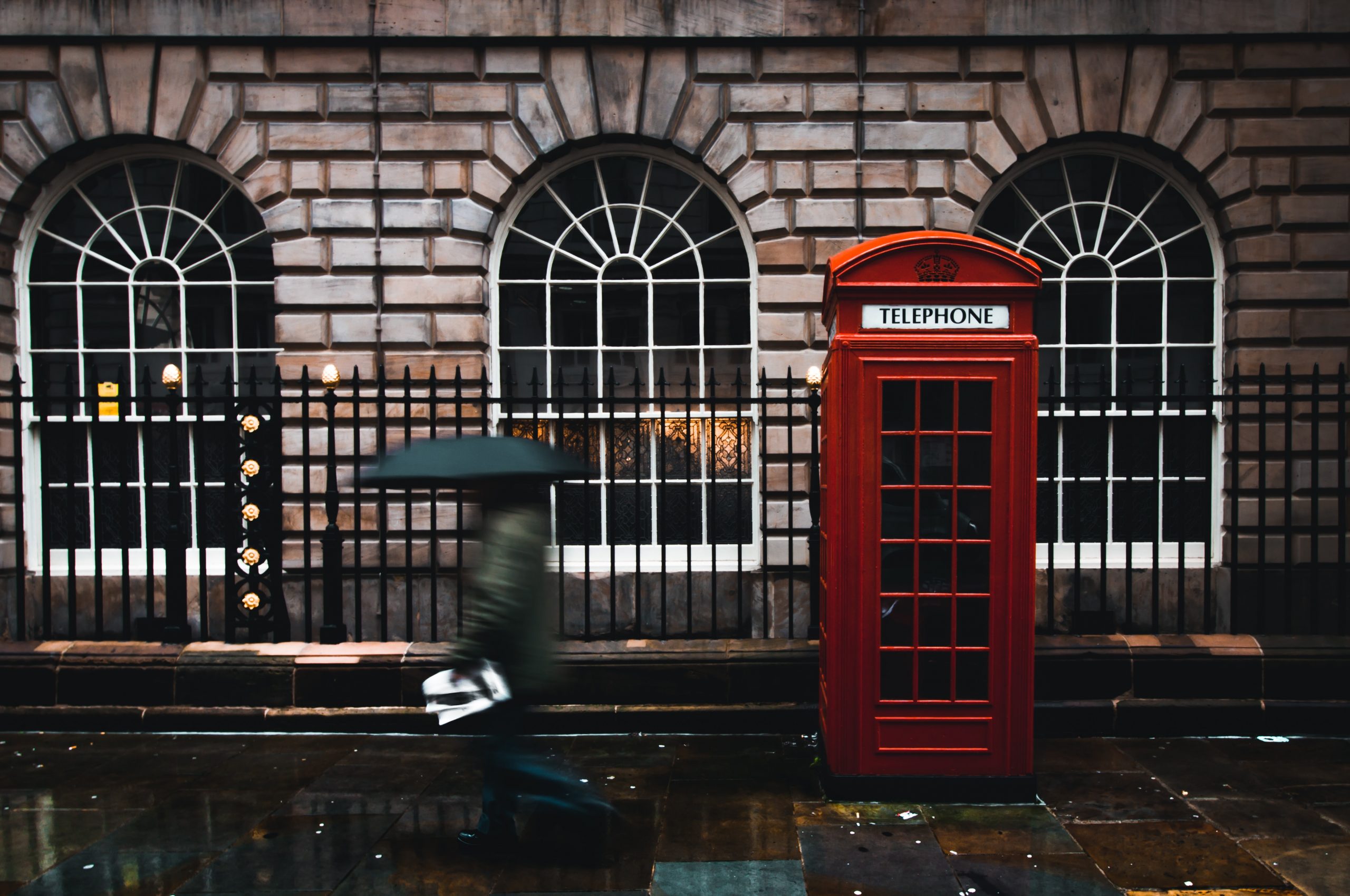




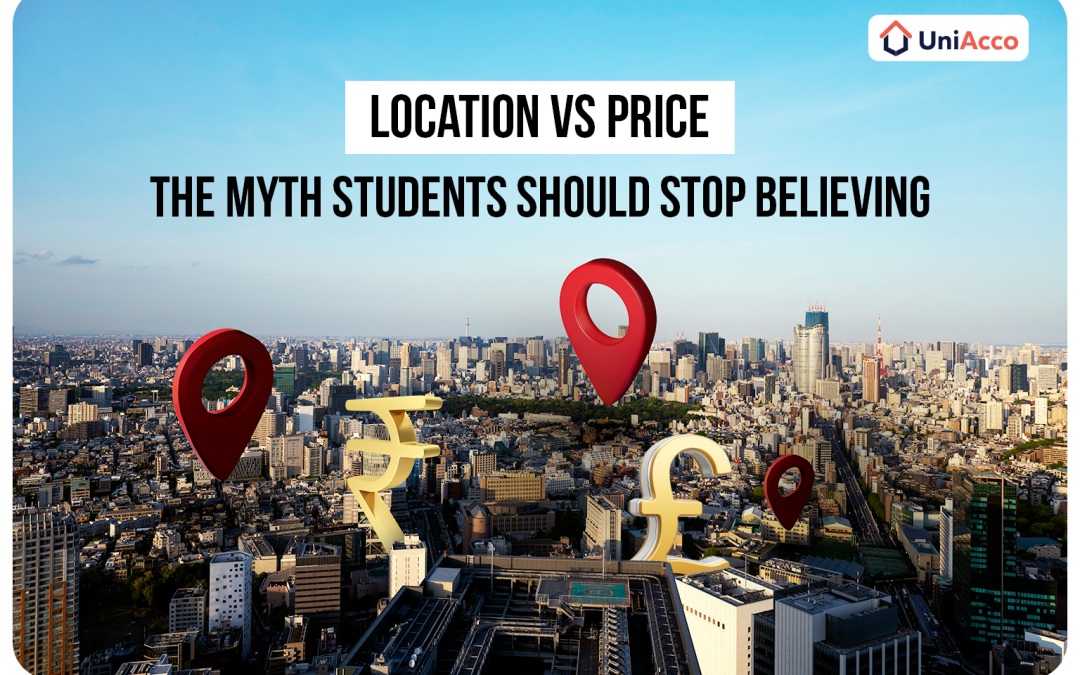
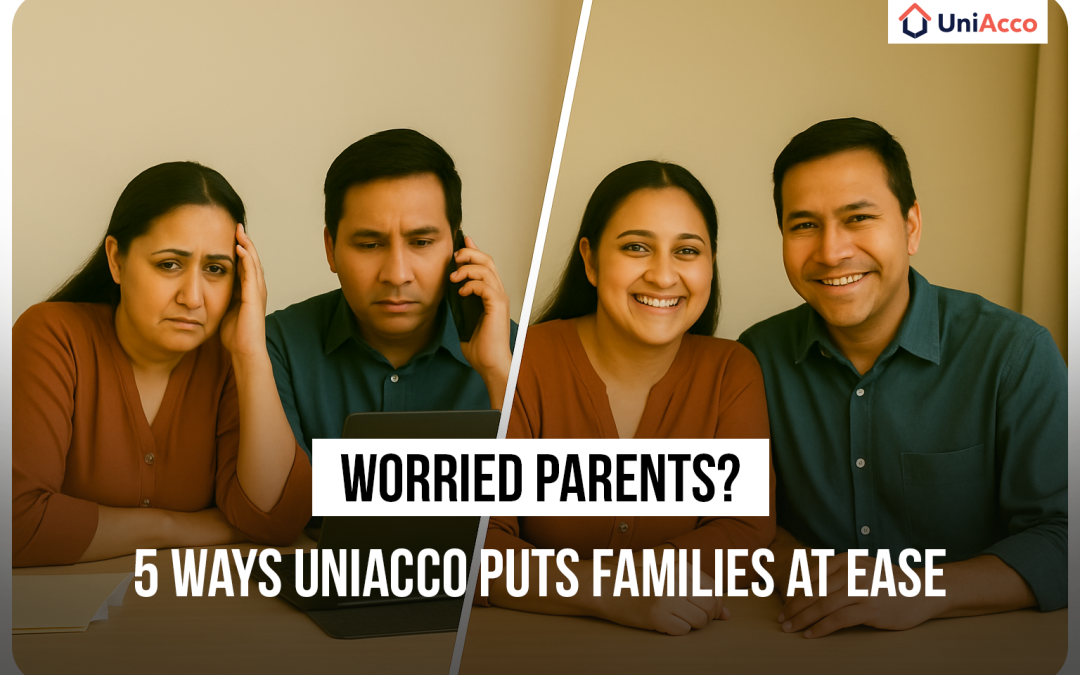
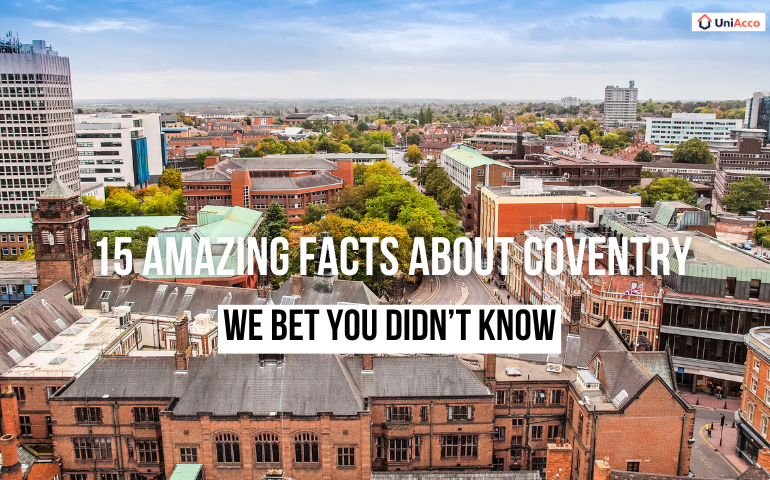
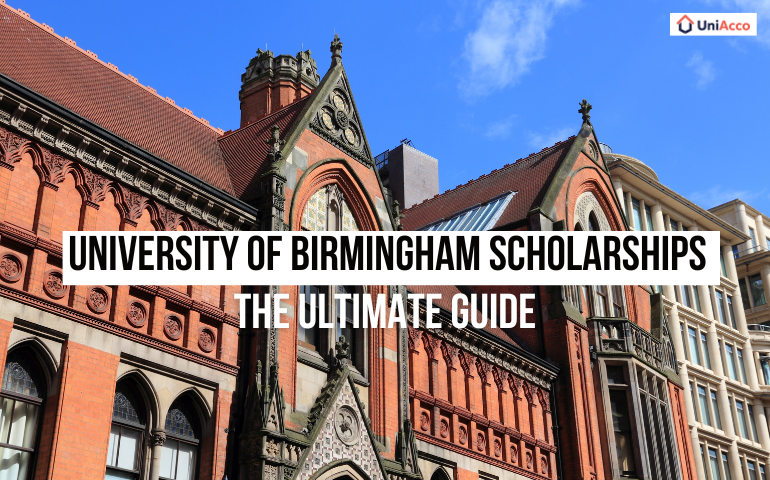

0 Comments